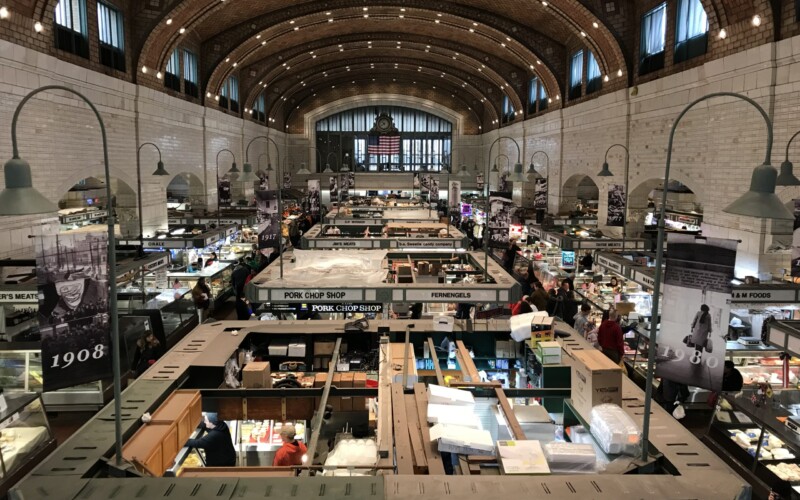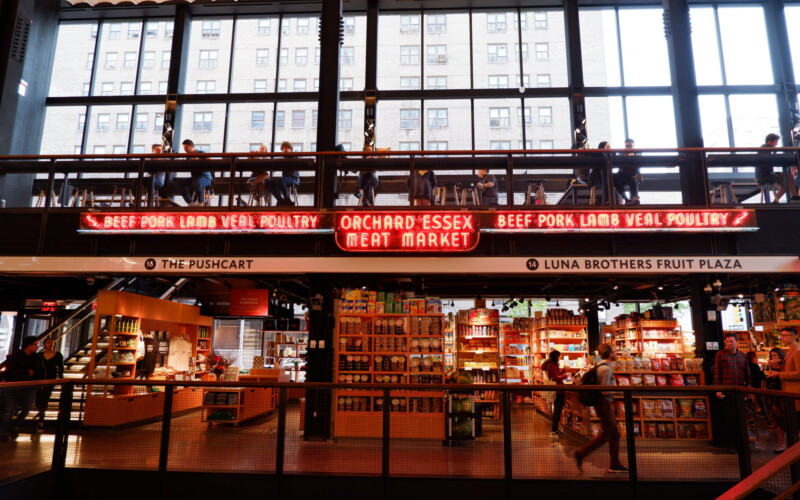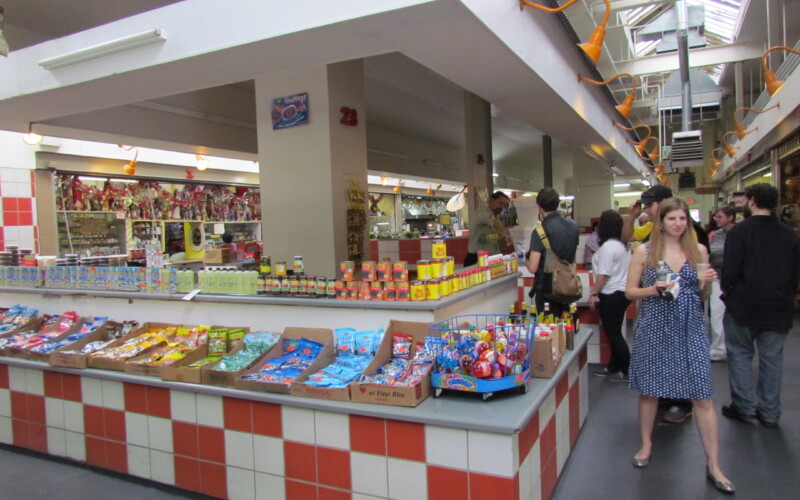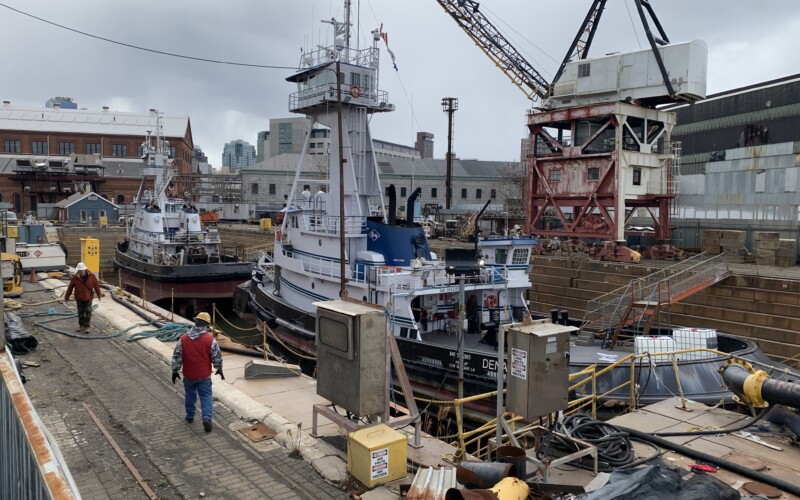We have experience hosting a range of audiences, from college classes to birthday parties to company outings, and we customize our tours to meet your group’s interests and needs.
Book a private tour today
Public markets are one of the foundational institutions of urban life. The Project for Public Spaces defines public markets as indoor or outdoor markets that “operate in public space, serve locally …
Read more

Take a deep dive into the history of New York City’s public markets, which have their origins in a vast food distribution system set up by Mayor Fiorello LaGuardia in …
Read more

This weekend marks the end of an era, as the Essex Street Market will be moving from the building it has occupied since 1940 into a new facility across Delancey …
Read more

Makansutra, September 20, 2015 by KF Seetoh I was taken on a food and heritage spin around Brooklyn, “to places where tourist would look out of place” ironically by Cindy …
Read more

It’s that time of year again – we’ve had our first snow in New York City, Christmas music is playing in every shop and store, and Christmas tree stands line …
Read more

Edible Brooklyn, Winter 2014 by Betsy Bradley “Welcome to the Island of Fried Pig Parts!” Cindy VandenBosch, eyes twinkling, has just secured a spot at the bustling formica counter that …
Read more
